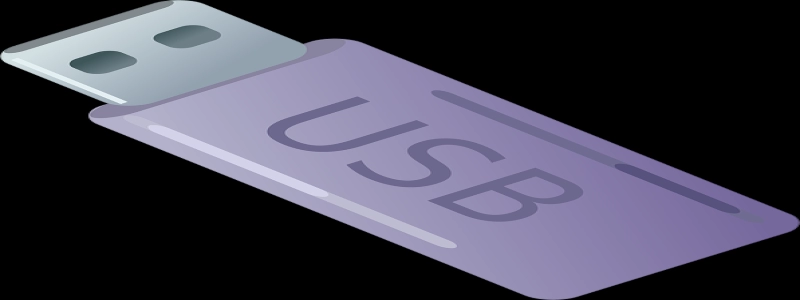Cat 5 vs Cat 6 Ethernet Cable
Introduction:
Ethernet cables are essential for connecting devices to a network, whether it is for home, office, or industrial use. Cat 5 and Cat 6 cables are two commonly used types of Ethernet cables. In this article, we will compare and discuss the differences between Cat 5 and Cat 6 cables, including their specifications, performance, and applications.
I. Cat 5 Ethernet Cable:
Cat 5, short for Category 5, is an older type of Ethernet cable that has been widely used for many years. It supports data transfer speeds of up to 1000 Mbps and a maximum bandwidth of 100 MHz. Cat 5 cables are made up of twisted pairs of copper wires and have an RJ-45 connector on each end. They are relatively inexpensive and readily available.
Advantages of Cat 5 Ethernet Cable:
1. Cost-effective: Cat 5 cables are more affordable compared to other types of Ethernet cables.
2. Suitable for basic network needs: They are suitable for home networks, small offices, or simple data transfers.
Disadvantages of Cat 5 Ethernet Cable:
1. Limited performance: Cat 5 cables have a lower maximum bandwidth and are more prone to electromagnetic interference.
2. Insufficient for advanced applications: They may not meet the requirements of modern gaming, streaming, or high-speed data transfers.
II. Cat 6 Ethernet Cable:
Cat 6, short for Category 6, is an upgraded version of Cat 5 cable. It offers higher performance and better shielding capabilities. Cat 6 cables can handle data transfer speeds of up to 10,000 Mbps and have a maximum bandwidth of 250 MHz. They are also made up of twisted pairs of copper wires and have RJ-45 connectors.
Advantages of Cat 6 Ethernet Cable:
1. Faster data transfer speeds: Cat 6 cables provide faster and more reliable data transfers, making them suitable for high-speed applications.
2. Increased bandwidth: With a higher maximum bandwidth, Cat 6 cables can handle larger amounts of data transmission.
Disadvantages of Cat 6 Ethernet Cable:
1. Higher cost: Cat 6 cables are generally more expensive than Cat 5 cables.
2. Overkill for basic network needs: Unless you require higher speeds or larger bandwidths, Cat 6 cables may be unnecessary for simple network setups.
III. Comparison and Conclusion:
Cat 5 cables are suitable for basic networking needs, such as connecting computers, printers, or routers within a small network. They are cost-effective and sufficient for most simple tasks. However, they may not meet the demands of modern high-speed applications.
On the other hand, Cat 6 cables are designed for superior performance, faster speeds, and increased bandwidth. They are ideal for complex network setups, gaming, streaming, and other data-intensive activities. While they come at a higher cost, they offer enhanced reliability and future-proofing.
In conclusion, the choice between Cat 5 and Cat 6 Ethernet cables will depend on the specific requirements of your network. If you need basic connectivity at an affordable price, Cat 5 cables are suitable. However, if you want faster speeds and better performance, especially for advanced applications, investing in Cat 6 cables is recommended. Always consider the needs of your network and select the appropriate cable accordingly.








